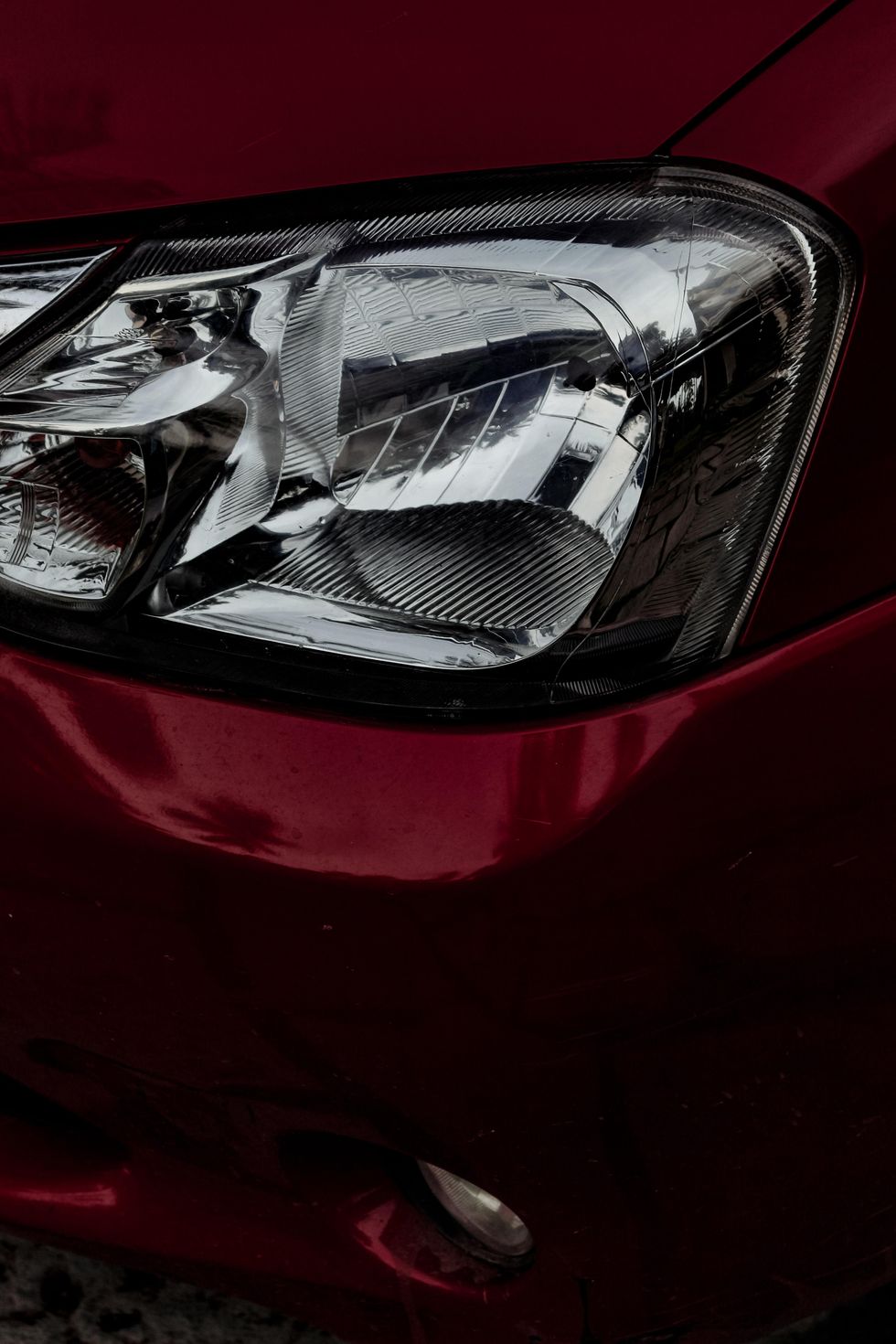Toyota Motor decides to adopt an in-vehicle camera equipped with an image processing chip of Israel Mobileye. Germany ZF will finish it as a camera for forward surveillance and supply it to Toyota together with ZF's millimeter-wave radar. This is the first time that Mobileye and ZF's ADAS (advanced driver assistance system) related parts have been adopted by Toyota. It is said that it will be installed in "within a few years" (Mobileye).
Mobileye's chip is provided as a "black box" in which the image recognition algorithm and software cannot be changed by the automobile manufacturer. Toyota seems to have changed its stance, saying, "We have kept a distance from Mobileye, which cannot internalize technology." (Autonomous driving engineer of an automobile manufacturer).
Mobileye's image processing chip "EyeQ" series is said to be "adopted by 28 automobile manufacturers around the world" as of 2020 (the company). Honda's new sedan "LEGEND Hybrid EX / Honda SENSING Elite" (Legend), which is the world's first commercialized level 3 (eyes-off) automatic driving function, and Nissan's "Skyline", which enables "free driving" It has already been installed in many Japanese cars, including.
With the adoption of Toyota, all three major Japanese automobile manufacturers will use Mobileye's image processing chips (Fig. 1). So far, Toyota has adopted Denso's in-vehicle cameras and millimeter-wave radar. The image processing chip built into the camera is made by Toshiba.
Not only Toyota but also Honda and Nissan have already adopted the in-vehicle camera with built-in EyeQ4
Actually, this is not the first time that the stronghold of the Japanese Union in Toyota's ADAS sensor has collapsed. There are models that use ADAS sensors made by Continental Germany, such as the small SUV (sport utility vehicle) "C-HR" released at the end of 2016 and the sedan "Camry" released in 2017. The purpose is "to reduce costs by bringing the principle of competition to parts manufacturers" (Toyota engineer).
The aim of adopting Mobile Toyotaand ZF this time is the same. Behind the scenes is the trend of automatic braking functions. The automatic braking function will become mandatory and standard equipment, and the test scenario by Euro NCAP, which evaluates the same performance, will become stricter.
Toyota Motor has changed its procurement policy for in-vehicle cameras. Until now, Denso's products have been adopted, but a new German ZF front-view camera will be adopted. The built-in image processing chip is made by Mobileye, Israel, which Toyota has kept a distance from.
Toyota Motor decided to adopt an in-vehicle camera equipped with an image processing chip of Israel Mobileye. Germany ZF will finish it as a camera for forward surveillance and supply it to Toyota together with ZF's millimeter-wave radar. This is the first time Toyota has adopted Mobileye and ZF's Advanced Driver Assistance Systems (ADAS) related parts. It is said that it will be installed in "within a few years" (Mobileye).
Mobileye's chip is provided as a "black box" in which the image recognition algorithm and software cannot be changed by the automobile manufacturer. Toyota seems to have changed its stance, saying, "We have kept a distance from Mobileye, which cannot internalize technology." (Autonomous driving engineer of an automobile manufacturer).
Mobileye's image processing chip "EyeQ" series is said to be "adopted by 28 automobile manufacturers around the world" as of 2020 (the company). Honda's new sedan "LEGEND Hybrid EX / Honda SENSING Elite" (Legend), which is the world's first commercialized level 3 (eyes-off) automatic driving function, and Nissan's "Skyline", which enables "free driving" It has already been installed in many Japanese cars, including.




 Today I am
Today I am  Go to the gym
StableDiffusion
Go to the gym
StableDiffusion
 Listen to more music
Photo by
Listen to more music
Photo by  Have more patience
StableDiffusion
Have more patience
StableDiffusion









